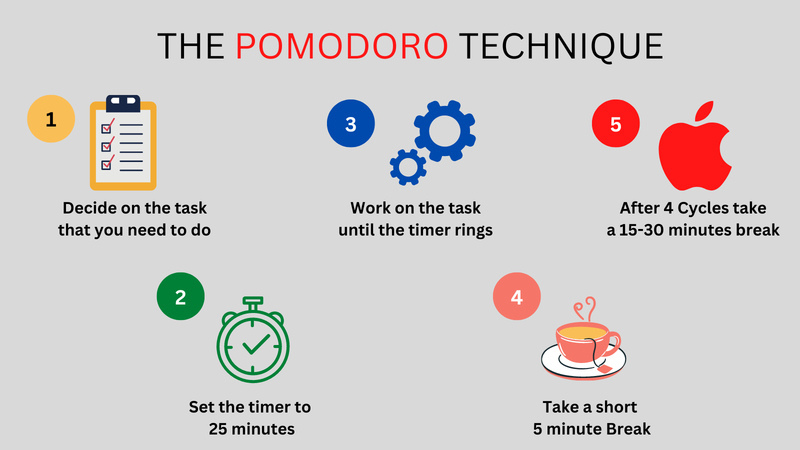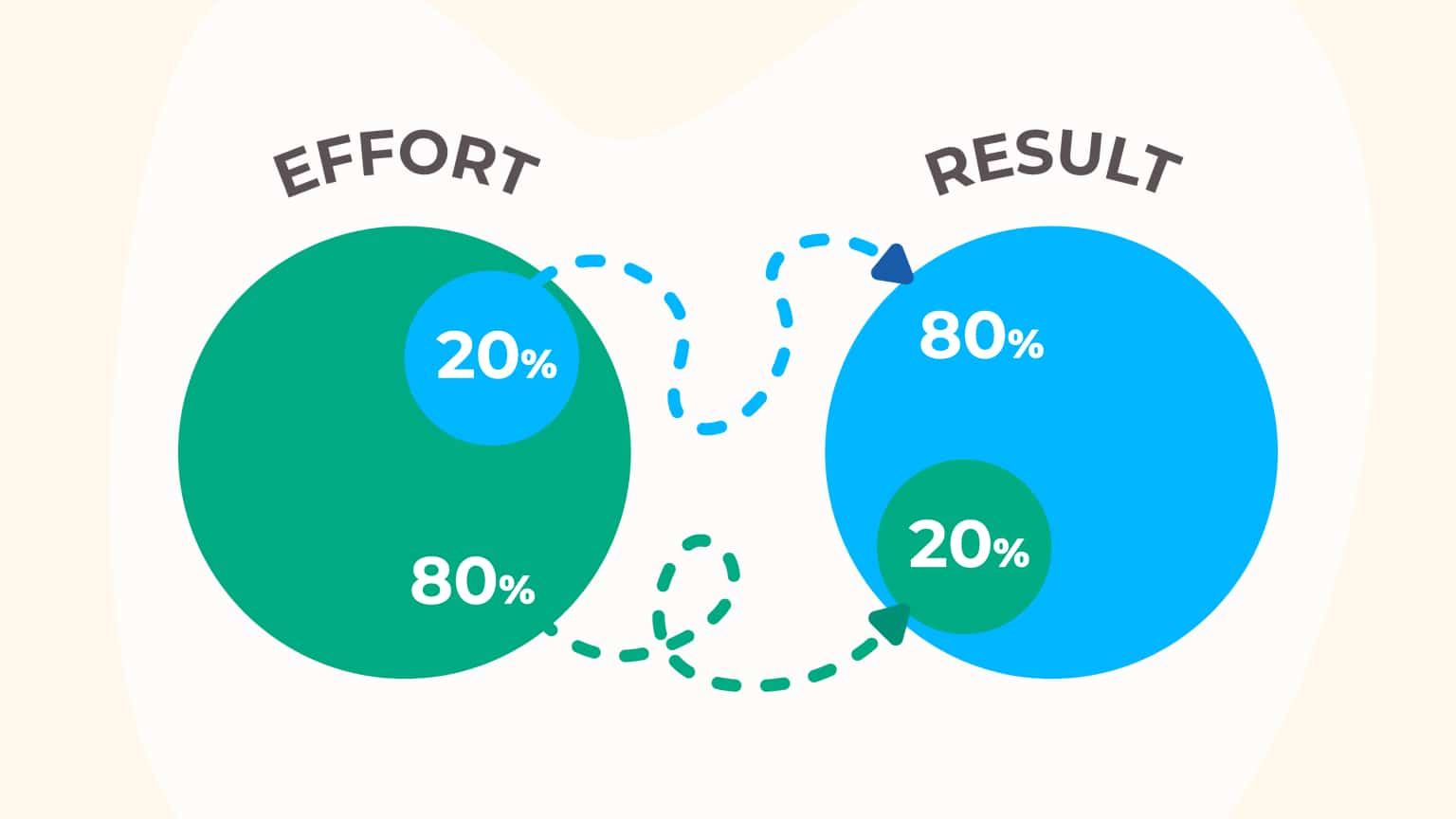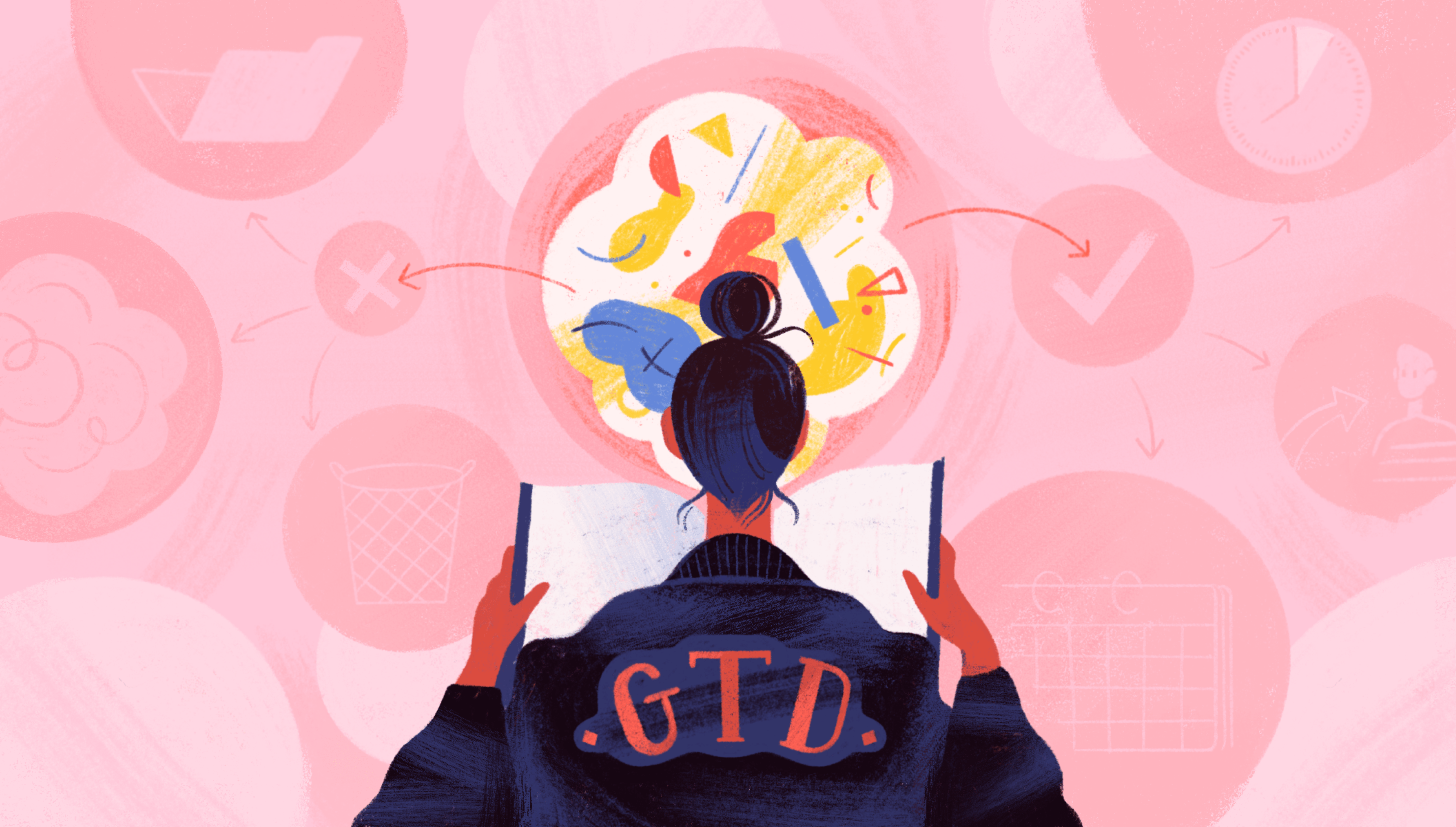"Dream, Dream, Dream! Conduct these dreams into thoughts, and then transform them into action."
- Dr. A. P. J. Abdul Kalam
"Dream, Dream, Dream! Conduct these dreams into thoughts, and then transform them into action."
- Dr. A. P. J. Abdul Kalam
16 Aug 2024
Let's clarify what productivity is. Productivity is a gauge of how well a person works through a task. We frequently think that being productive entails doing more tasks each day. False. Getting significant tasks done regularly is productivity. Furthermore, there are really only a handful of things that matter, regardless of what you are working on. The key to productivity is focusing on a small number of tasks at a steady, average pace rather than trying to do everything at once. Every ambitious professional eventually reaches a breaking point when they realize that even with a never-ending to-do list, a day can only contain 24 hours. If time travel is not an option for you, you can attempt productivity strategies. This article compares some of the most widely used productivity techniques accessible. Now let's get going!

(Source: Google Images)
Numerous productivity strategies are available to accommodate various work styles, job types, and motives. However, monitoring your productivity indicators is a wonderful place to start before you start adding new skills to your toolbox. This implies that you'll have a strong starting point. Remember to go over the distinction between being busy and productive as well. Being productive entails producing high-quality work, finishing several high-priority tasks, and minimizing time wastage.

(Source: Google Images)
Francesco Cirillo, the inventor, used a tomato-shaped timer to track his work hours and breaks. This is where the term "Pomodoro Technique" originated. This productivity technique follows a set timetable with set pauses in between uninterrupted work periods.
This is the procedure. Select a project to work on.
The Pomodoro Technique is most effective for concentrated, creative workers such as software engineers and writers. Some are unable to use it due to the nature of their employment.

(Source: Google Images)
It states that 80% of your income is produced during the top 20% of your working hours. In addition, 80% of your outcomes come from 20% of your duties. This implies that everything else is at least four times less essential than your top priorities. Choose the tasks that are in the top 20% of your list and focus on them first to make Pareto work for you. Work on those goals exclusively for the first eighty percent of the day. When the day is almost over, you can then, if necessary, turn your attention to lesser-priority chores.
This approach for increasing productivity functions best when you maintain control over your priorities and to-do list. It isn't the best for someone in a production role, but it works well for freelancers or entrepreneurs. The 80/20 method can be applied when setting priorities is your top priority. It works well for determining what gets done and what doesn't.

(Source: Google Images)
Getting Things Done (GTD) is a concept that essentially focuses on getting thoughts out of your head and onto paper in order to maintain focus on the important things. There are five steps involved in this.
1. Capture: As soon as an idea occurs to you, jot it down. After that, return to your previous task.
2. Clarify: Review your list and turn the items into concise, doable actions.
3. Plan: Make sure to put appointments on your calendar. Your task management software receives tasks. Everything that has to be delegated is duly assigned.
4. Review: What needs to be reassessed or assigned is reflected in the weekly review. To make sure you're on track, do brief reviews every day.
5. Engage: Complete chores according to importance. Shut off outside distractions and concentrate on doing one activity at a time.
To increase its effectiveness, you can also apply Getting Things Done on top of another productivity strategy.
GTD is for you if you're the kind of person who finds it difficult to get asleep at night due to ideas racing through your head. Its objective is to arrange such ideas so you can concentrate your efforts on the current task.

(Source: Google Images)
We frequently believe that we want an unobstructed path and the freedom to go in any direction we like. However, sometimes we only need a tunnel that narrows our options and points us in the right way. How do you get rid of the compulsion to keep making the same choices? Even in the smallest way, how can you use limitations to advance your habits? The previously described perspectives can serve as a guide for you if you're looking for a more hands-on method for kicking bad habits and forming positive ones.